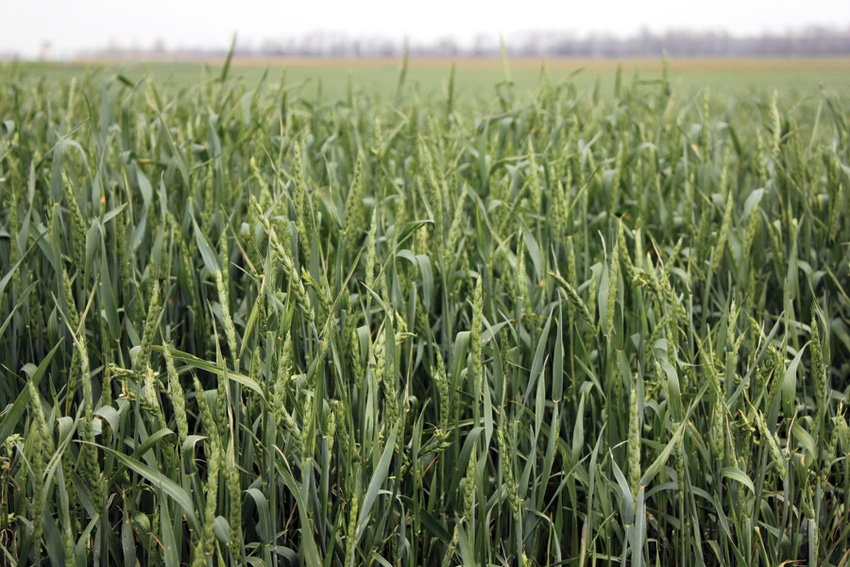August 26, 2011

After the failure of many of their summer crops due to drought, producers now have good reason to worry that they won't make a winter wheat crop either, according to a Texas AgriLife Extension Service expert.
"There are some real concerns right now, not only about potentially getting the crop up in the future, but about what kind of yield potential we are going to have with the crop if we do," said Dr. Todd Baughman, AgriLife Extension agronomist for the Rolling Plains region.
The concern focuses on soil-moisture reserves, as the bulk of winter wheat is planted during September and October, Baughman said. Without better soil moisture, the crop will not even emerge.
The concern is felt not just for grain production, but for livestock forage production too, as winter wheat is also commonly relied upon for fall grazing, he said. And wheat producers have reason to be concerned throughout most the state, not just in the Rolling Plains region.
"If you don’t get it up and growing, that’s going to limit your fall grazing, which is really going to hurt you from a cattle-performance standpoint," Baughman said. "That’s probably the No. 1 fear that we’ve got right now."
But for those who need grain production, the lack of soil moisture is causing a lot of anxiety as well, he said.
"If we don’t build up some soil moisture to grow this crop, there’s concern that it’s going to run out of water just like the cotton crop has done this year because it won't have any real deep moisture to help with the yield potential."
Many farmers plant wheat for both grazing and grain production, pulling cattle off fields in time for the crop to make grain. But wheat for grazing is an even higher priority this year because the drought has caused summer grazing to become non-existent and continued feeding has exhausted hay supplies, Baughman said.
"Typically, between mid-September to the middle of October is the prime planting time for grazing," he said. "Of course, we would really like to be planting right around the first of October. For our grain guys, most planting will start somewhere in the middle of October to Thanksgiving. That would be the prime time that we would like to plant as a grain-only crop. "
But even those planning wheat as a grain-only crop could run into trouble this year. This is because November typically signals the start of a drier time of year for most of the state's wheat-growing regions. If moisture reserves aren't already built up before winter, the chances to make a good grain crop will be greatly diminished.
"The driest months – if you look at historical weather records -- will be December, January and February," Baughman said. "November will be slightly behind those, so, if we don’t get any rainfall from now through the first of November, the chance of actually building that deep moisture is limited even in a normal year."
And obviously, this has been far from a normal year, he said.
More information on the current Texas drought and wildfire alerts can be found on the AgriLife Extension Agricultural Drought Task Force website at http://agrilife.tamu.edu/drought/.
You May Also Like




